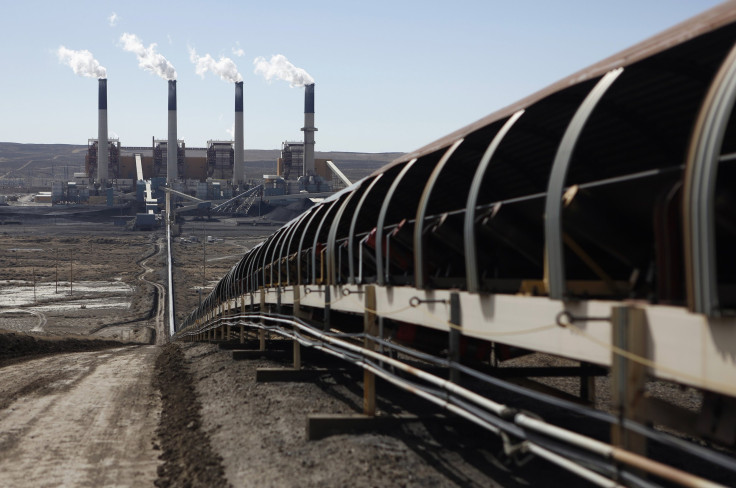EPA To Release New Rule Limiting CO2 Emissions; 30 Percent Reduction Expected

States will have more flexibility in setting levels aimed at decreasing carbon dioxide emissions 30 percent from 2005 levels by 2030, the Wall Street Journal reports.
The Journal said a draft rule is expected to be released Monday by the U.S. Environmental Protection Agency, beginning a process that is to be completed in a year. States, each of which will have different reduction targets, will have until next June to submit compliance plans.
The EPA, which has the power to regulate emissions under the Clean Air Act, plans to require a national average reduction of 25 percent by 2020 and 30 percent by 2030, sources told the Journal.
Coal-fired power plants are expected to be hit hardest by the rule.
The rule is the result of congressional failure to adopt a comprehensive climate-change policy, the Washington Post noted. Current rules all but prohibit construction of new coal-fired power stations and the new EPA rule is expected to force existing plants to install new technologies to reduce emissions.
Daniel J. Weiss of the Center for American Progress told USA Today the rule could "achieve the biggest carbon pollution reductions ever undertaken by the United States. No president has ever proposed a climate pollution cleanup this big."
© Copyright IBTimes 2025. All rights reserved.






















